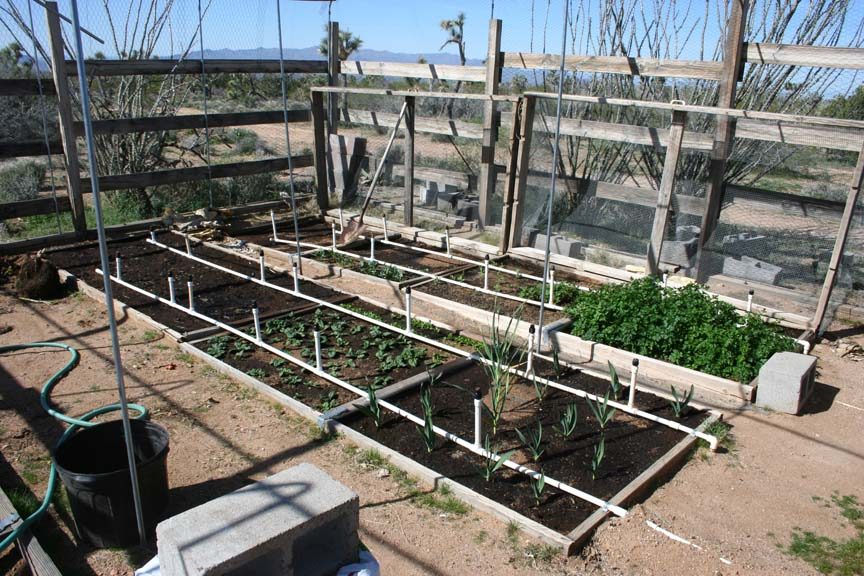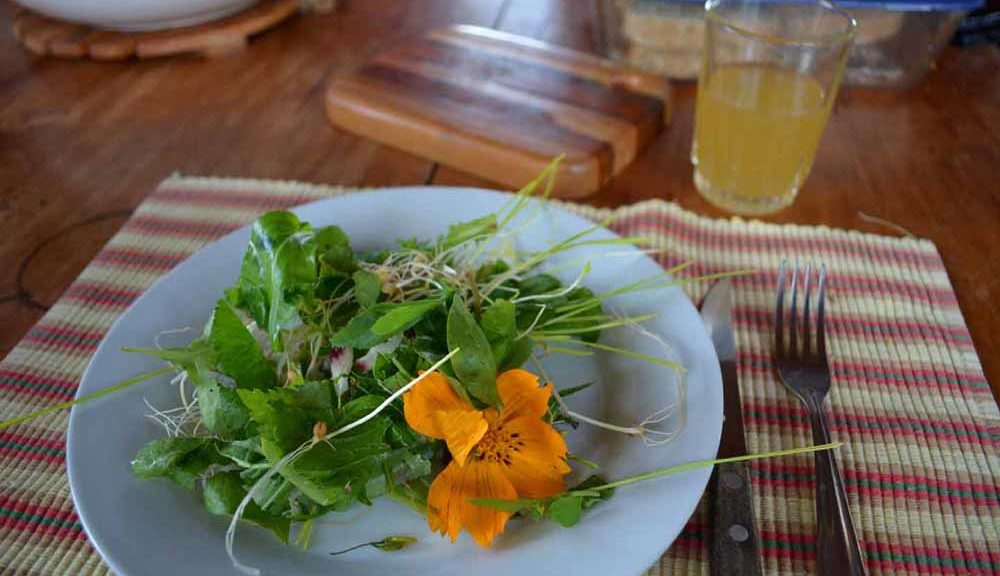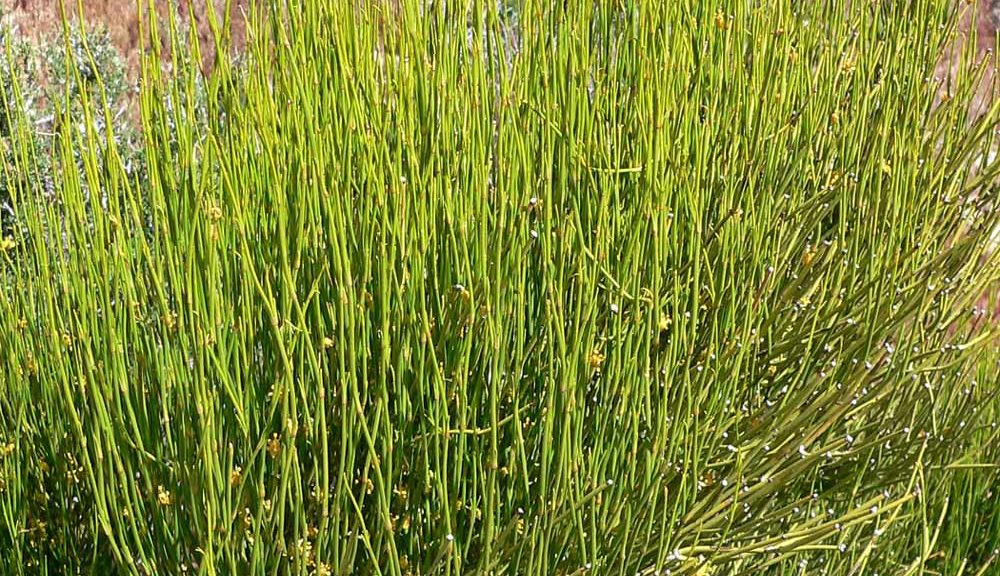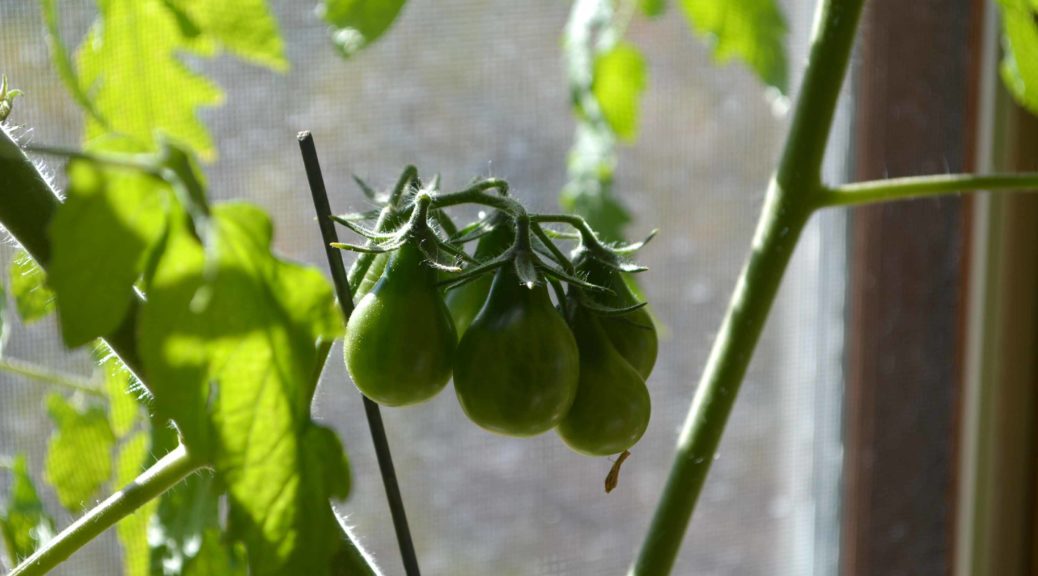Those into gardening and landscaping usually are pretty much on auto-pilot when spring and summer roll in, weeding, planting, watering, etc., but this year, with the coronavirus pandemic, their hobby may have taken on an even more important role. It’s a way to relieve stress while expressing creativity.
Even with many businesses locked down for months, gardening and nursery centers have remained open and thrived to meet those needs of customers and clients.
“We’ve actually seen an increase in business,” said Nathan Boliek, sales manager at TDH Landscaping on Hess Road in Monkton.
“We’re finding that people are investing money in their properties now with the attitude that, ‘Hey, we canceled our summer vacation, we may not even travel next year.’ So, beautifying and even going so far as to build pools and things of that nature has been on the uptick.”
Source: In Baltimore County, interest in gardening keeps growing during COVID-19 crisis – Baltimore Sun
Our garden has been mixed this year. We’ve always done what I call “fortress gardening” where everything is covered and the whole space is enclosed in “chicken wire.”
Over the years, the birds & squirrels have found the holes in our defenses, so today I spent several hours tightening things up. It’s pretty frustrating to see your hard work eaten in just a short while.
We’ve been eating many yellow pear tomatoes, and had looked forward to the first of the yellow squash, but they were nibbled off today. So, it’s back to square one on a few things. I’m glad the stores are all still open… Nobody said being more self sufficient would be easy.
I recently purchased some corrugated roof panels which I’ll now put horizontally in order to bolster our perimeter even more. It may help act as a windbreak as well. It’s been quite windy lately.
Because of our extended growing season here, I’m going to replant a few things that have been decimated. In a short while, we’ll also start some indoor planting for the fall season.





